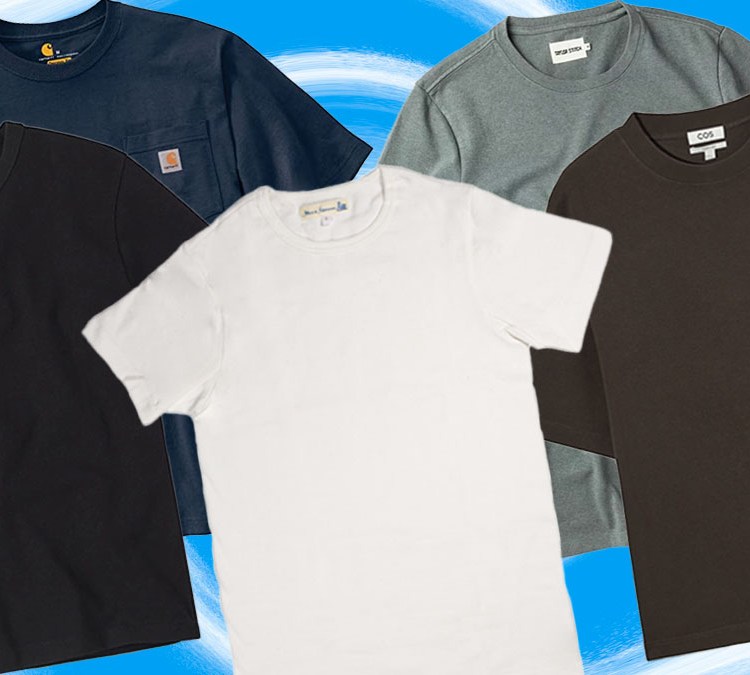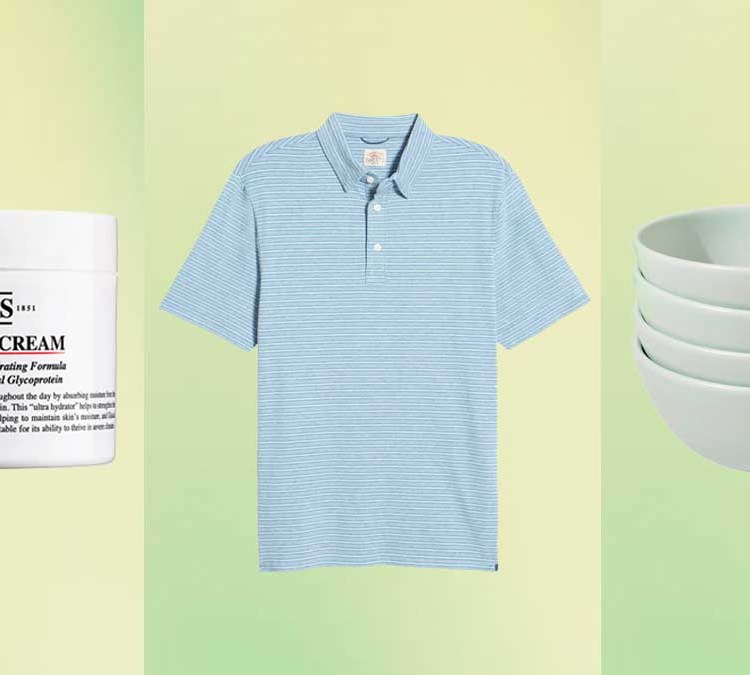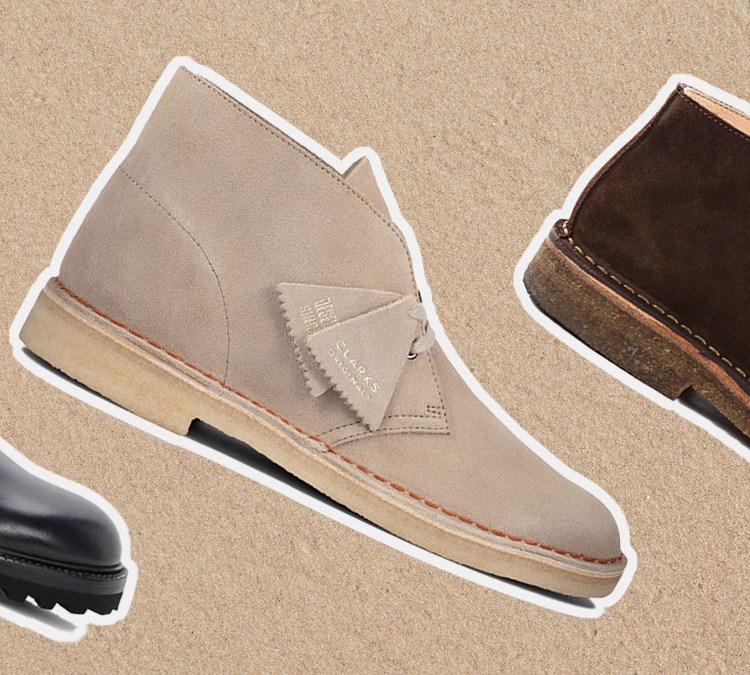Nota bene: If you buy through the links in this article, we may earn a small share of the profits.
This article is part of our Fall Style Guide, a fortnight-long series aimed at helping you figure out how to dress for the coming season, which, as we’ve become accustomed to saying, is going to be quite like any that came before it. At least you’ll look good, though, right?
As the temps begin to drop, it’s time to layer up. A full-blown parka is overkill, but a lighter insulation layer will keep you toasty on chilly evenings. Besides the overall style and look, there’s one main thing to consider when choosing a puffy jacket: do you want down or synthetic insulation.
Down is generally lighter weight and more compressible. It’s warmth-to-weight ratio means that fewer feathers are needed to keep you warm. The downside to down is that it’s a bit more delicate, and when it gets wet, it doesn’t keep you warm. Down also comes in different qualities. This is measured by a fill-rating number. The down fill-rating number is the cubic inches of loft one ounce of the specific down produces. A higher rating means less down fill is required to capture the same amount of heat. It gets a bit nebulous towards the higher end, but these days a few companies are advertising 1,000 fill power. For everyday use, that’s unnecessary. For a high-quality jacket that will be warm without being overly bulky, look for something in the 800-fill range and skip anything lower than 650-fill.
Synthetic insulation is fake down. As such it’s usually cheaper, heavier and less puffy. Synthetic insulation comes in sheets that are stuffed between the outer and inner layers of fabric so even if you tear your jacket, you don’t have to worry too much about the insulation dispersing. The major benefit to synthetic over down is that it breathes better (meaning it lets hot air escape if you’re doing something active) and it will continue to retain your body heat, even if you get caught in a rainstorm. A decade ago, real down reigned supreme but new technologies and developments have made current synthetic insulation nearly indistinguishable from the real stuff.
Of course, most of this doesn’t matter if you just plan on wearing your jacket to and from the office. But if you’re looking for something that you can also take hiking or camping, you should give materials extra consideration.
With that, here are a few of our favorite lightweight puffy jackets that will keep you warm this fall.
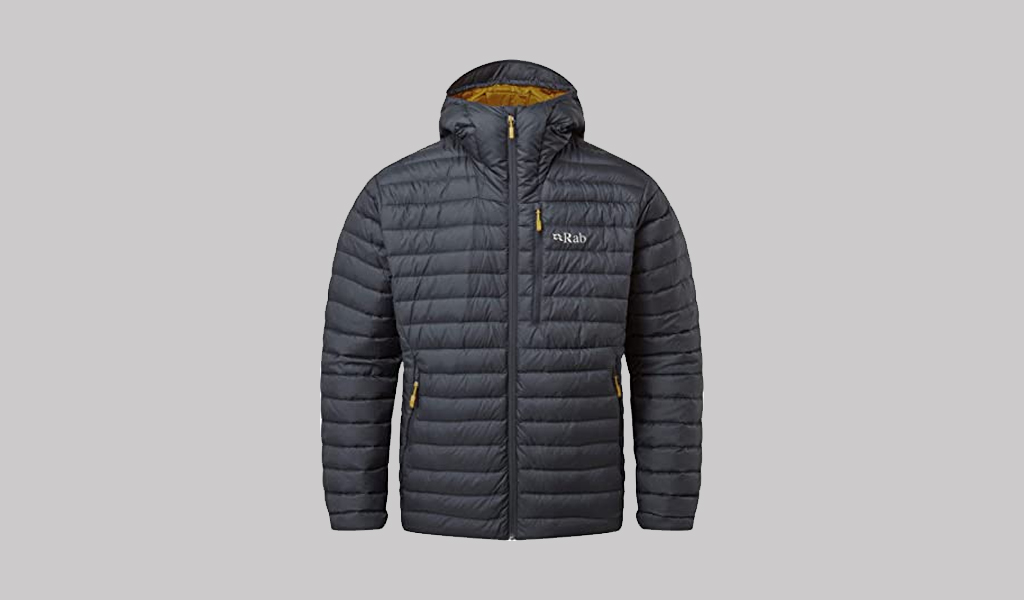
Rab Microlight Alpine Jacket
There’s no getting around it, the Microlight is a technical jacket. It’s designed as a lightweight layer for alpine climbing, but the slim fit and small baffled-designed won’t look out of place around town. It’s stuffed with recycled waterproof, 700-fill down and features a recycled nylon shell, meaning this entire jacket, excluding the zippers, is recyclable.
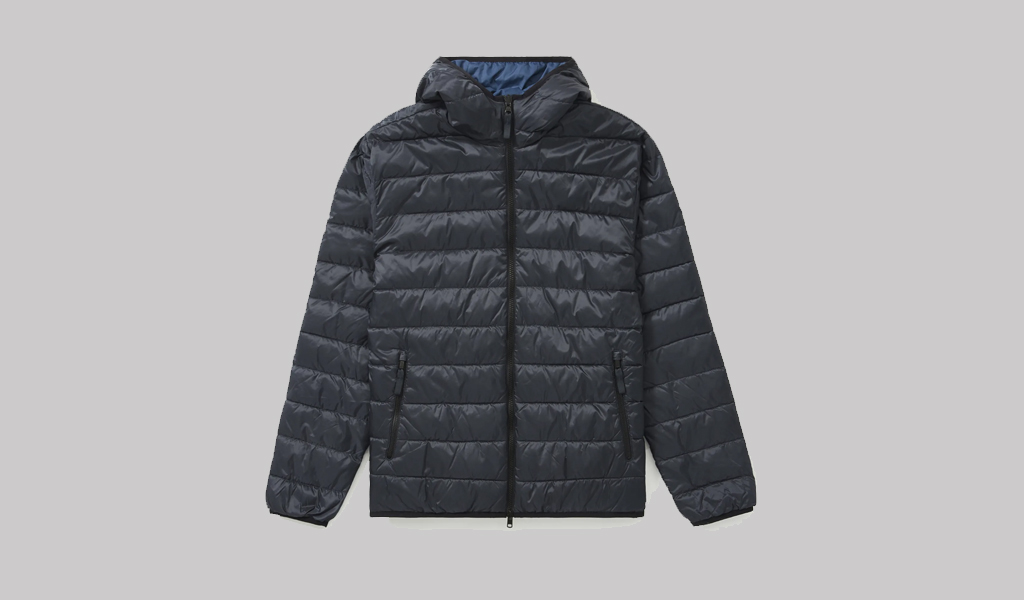
Everlane ReNew Lightweight Hooded Jacket
The ReNew isn’t a technical jacket, but for the price, it’s probably the most practical option on this list. The insulation is actually name-brand PrimaLoft sythetic insulation that’s made from recycled bottles, and the shell is recycled too. So don’t plan on taking this jacket on your journey of self-discovery to Nepal, but for everyday wear it’s a great option.

Patagonia Micro Puff Jacket
This jacket made waves in the outdoor industry three years ago when it was first released. It features Patagonia’s proprietary Pluma Fill insulation, which is about as close to real down as synthetic has ever come. As such, it’s super packable and lightweight.
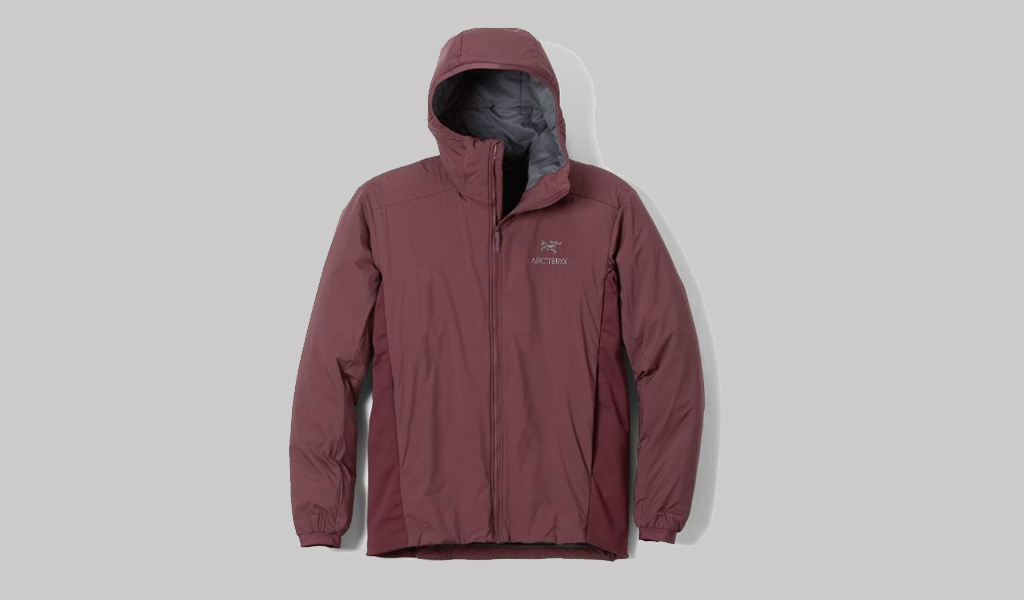
Arc’teryx Atom LT Jacket
It’s hard to find a more venerated synthetic jacket than the Atom. It’s filled with a decent layer of synthetic insulation that will keep you warm down to the 40’s. While Arc’teryx is most known for its technical outerwear, the matte styling and slim fit of the Atom means it’s a great layer for just about any fall occasion.
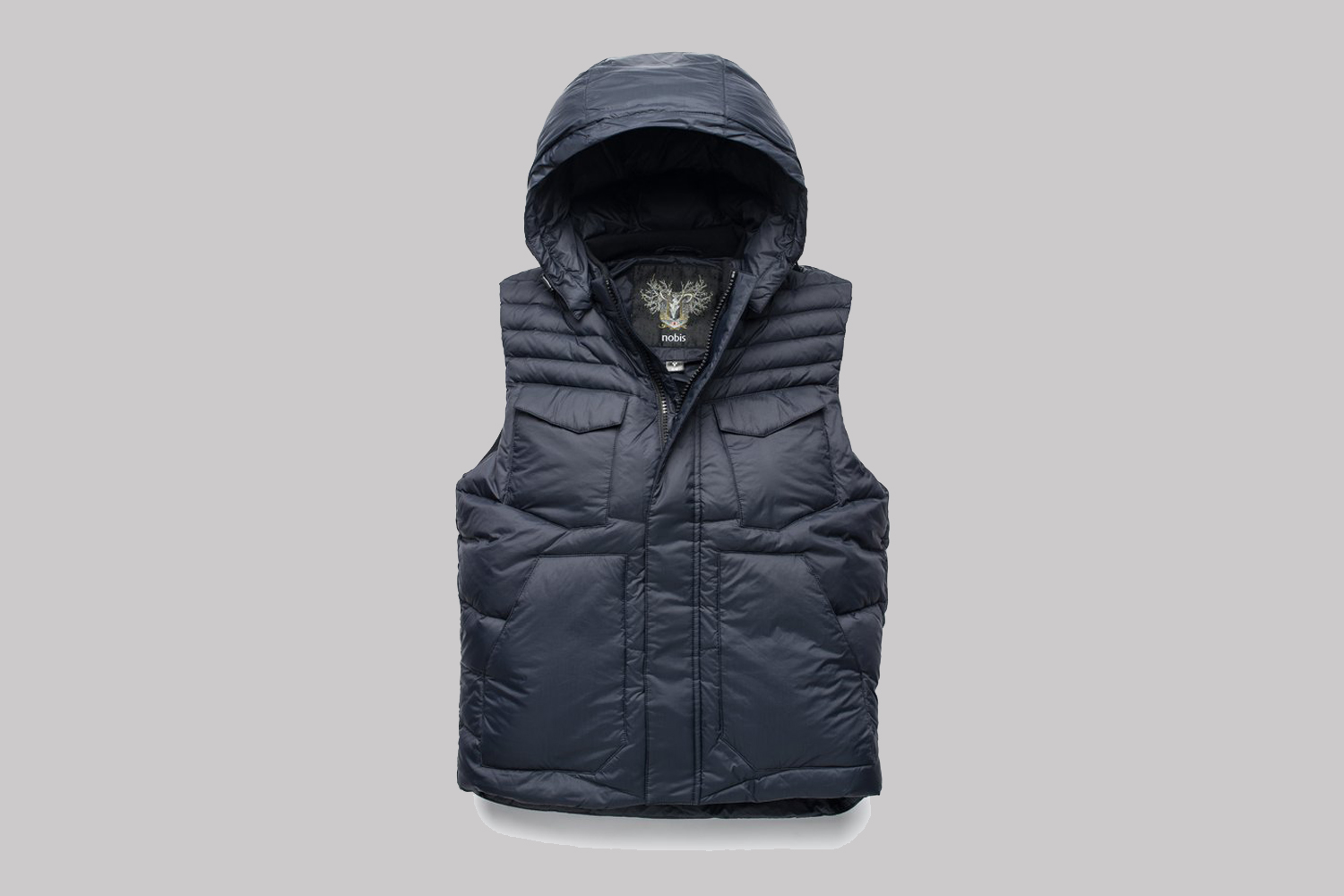
Nobis Chase Hooded Vest
Nobis is one of those under-the-radar brands we love for the fact that you don’t see it all over the place and thus it feels a little more “in the know.” Their fusion of tailored silhouettes and technical outerwear prowess (the brand was co-founded by the former Vice President of Canada Goose) is virtually guaranteed to both keep you toasty and also cause strangers on the street to stop and ask you where you got it — this smart chevron-quilted vest in particular, cut slim and filled with premium Canadian-origin duck down. Bonus: the hood is removable.
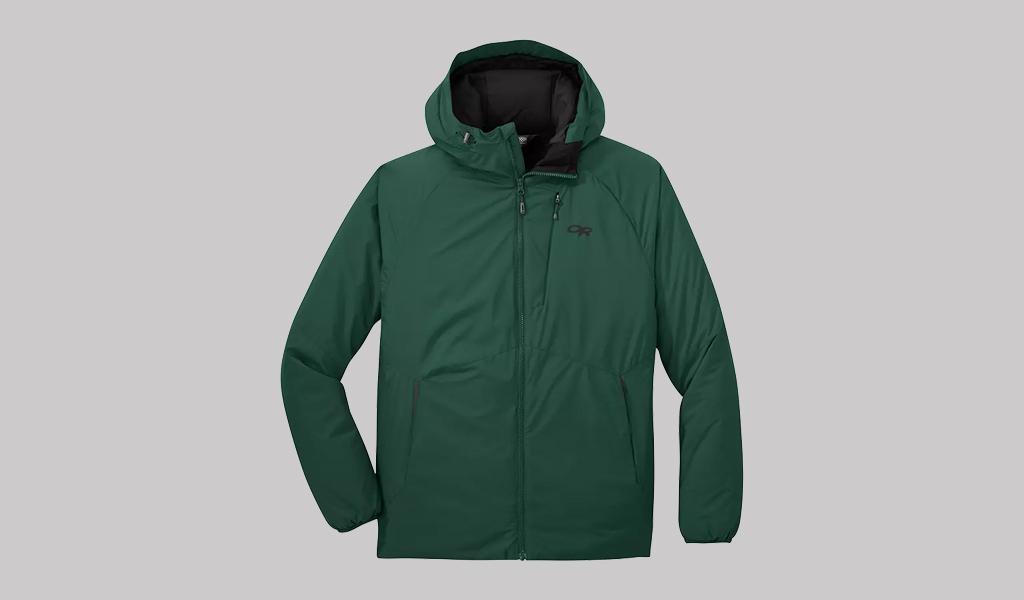
Outdoor Research Refuge Jacket
This jacket excels at keeping you warm while exercising. It’s a regular in my kit when huffing up a mountain backcountry skiing, which means it will also work well for chilly fall runs around Central Park. The secret is the synthetic insulation, which is layered in different thicknesses throughout the jacket depending on where you need to dump heat; more on the chest to keep your core warm, and less on the back and under the arms.
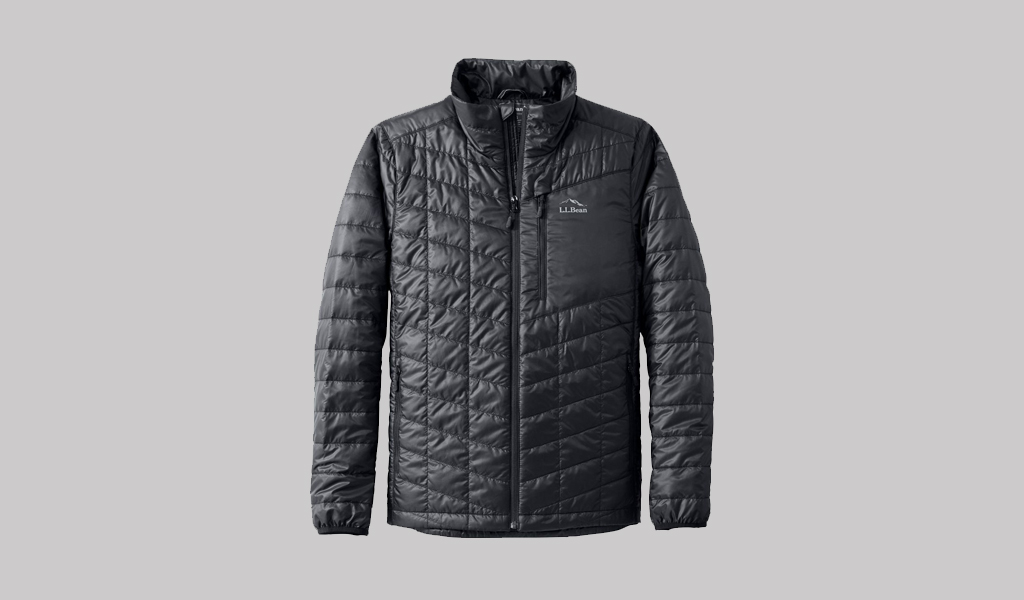
L.L. Bean Primaloft Packaway Jacket
Primaloft Gold is one of the best synthetic insulations going and the Packaway jacket is stuffed with it. The 100% recycled polyester shell is treated with DWR (durable water repellent) that will bock light rain and keep you warm in mid 30-degree temps.

Icebreaker MerinoLoft Collingwood Jacket
This jacket bucks the down and synthetic theme and is actually filled with wool. Wool is less frequently used as an insulation in jackets but shares many of the same properties as synthetic, with the additional benefit of not getting smelly. The Collingwood is machine washable and very warm but doesn’t scream “I’m going camping” like some of the technical options on this list.
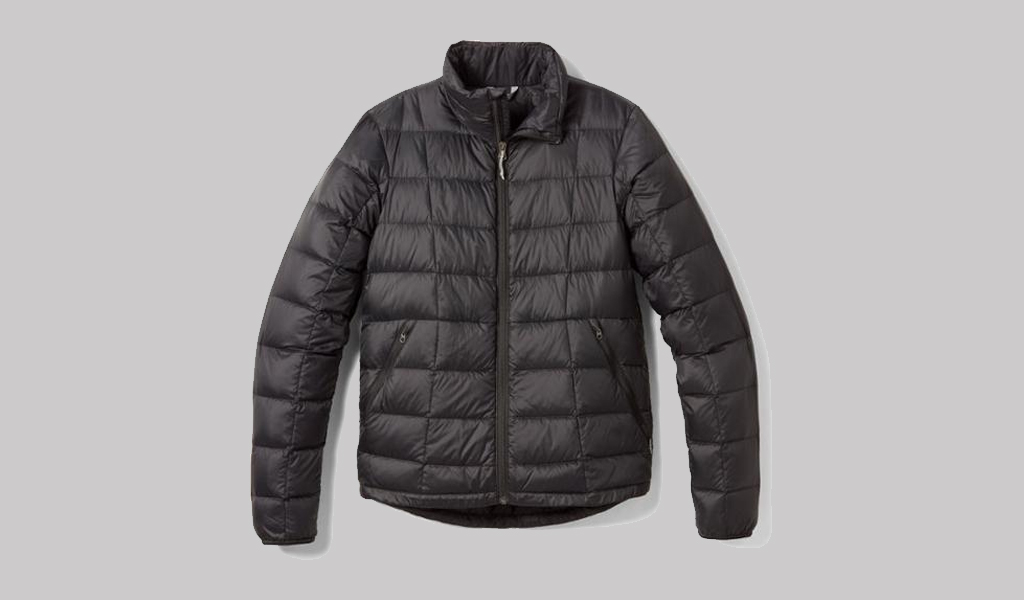
REI 650 Down Jacket 2.0
REI has long been known for creating excellent gear at great prices. The 650 Down is one of the most casually stylish jackets on this least while also being the cheapest. The lower price comes from the 650 fill down, which is mid-tier insulation, but there’s plenty of it to keep you warm on all but the most frigid days. It’s also made in a Fair Trade Factory, which promotes safe working conditions and sustainable livelihoods.
We've put in the work researching, reviewing and rounding up all the shirts, jackets, shoes and accessories you'll need this season, whether it's for yourself of for gifting purposes. Sign up here for weekly style inspo direct to your inbox.













